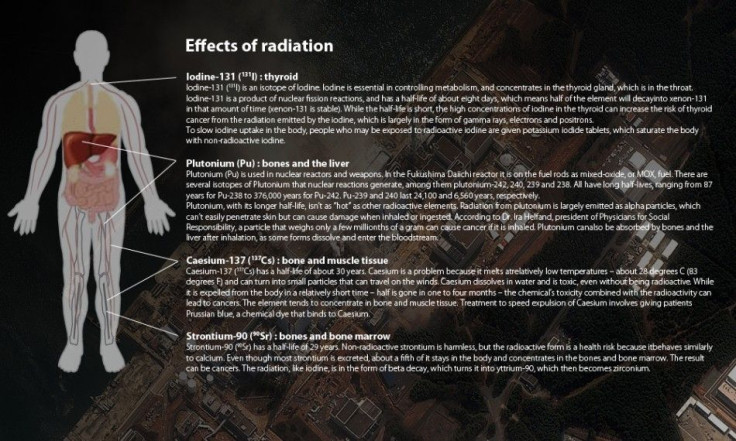US Department of Energy releases Japan's radiological assessment results

As the world keep a close eye on the earthquake-crippled Fukushima Daiichi Nuclear Power Plant that could plunge Japan in a severe nuclear crisis, US Department of Energy has released Japan's radiological assessment results.
The following is the official statement from the Department of Energy:
As the situation in Japan continues to evolve, we want to keep you abreast of the latest information on the assistance and expertise we're providing to the Japanese response and recovery efforts. Please take note of the dates attached to each piece of information, as this is a very fluid situation that is continually evolving.
Earlier this month, the U.S. Department of Energy released data recorded from its Aerial Monitoring System as well as ground detectors deployed along with its Consequence Management Response Teams. Today, the Department provided the following update on the information gathered by the AMS. The information has also been shared with the government of Japan as part of the United States' ongoing efforts to support Japan with the recovery and response effort.
Operations Summary
Aerial Measuring Systems totaled more than 130 hours of flying
Flight operations were curtailed on March 20-22 and March 25 due to weather
Flight operations conducted March 27 and 28 focused on areas outside of a 25 mile radius from the incident site
NNSA's Consequence Management Response Teams have collected thousands of ground measurements provided by DOE, DoD and the Japanese monitoring teams
Guide to Interpretation
US radiological assessments are composed of aerial and ground measurements and indicate the amounts of radiological material that has settled on the ground.
Each measurement corresponds to the radiation a person receives in one hour at that location. AMS data is presented as exposure rate 1 meter from the ground at the time the measurements occurred.
All measurements in this plot are below 0.03 Rem per hour - a low but not insignificant level.
Assessment:
The dose rates measured by AMS have decreased since last week. This is expected due to radioactive decay of the material deposited on the ground
AMS monitoring results in areas beyond 25 miles from the Fukushima Daiichi reactors show areas where dose rates are many times higher than historical background.
The measured external dose rates in these areas are not high enough to warrant evacuation or relocation of the population, however, lower levels of radioactive contamination in food provide more of a risk because the radioactive material can be ingested into the body. Agricultural monitoring in these areas may be warranted.
Radiological material has not deposited in significant quantities in the areas measured since March 19.
Context
The Nuclear Regulatory Commission estimates that the average American absorbs 620 mRem a year* (or 0.071 mRem/hour)
An average transatlantic flight produces an exposure of 2.5 mRem*
A typical chest x-ray produces 10 mRem per image
EPA guidelines call for public health actions if exposure exceed 1000 mRem over 4 days
* Source: NRC: http://nrc.gov/images/about-nrc/radiation/factoid2-lrg.gif
© Copyright IBTimes 2024. All rights reserved.











